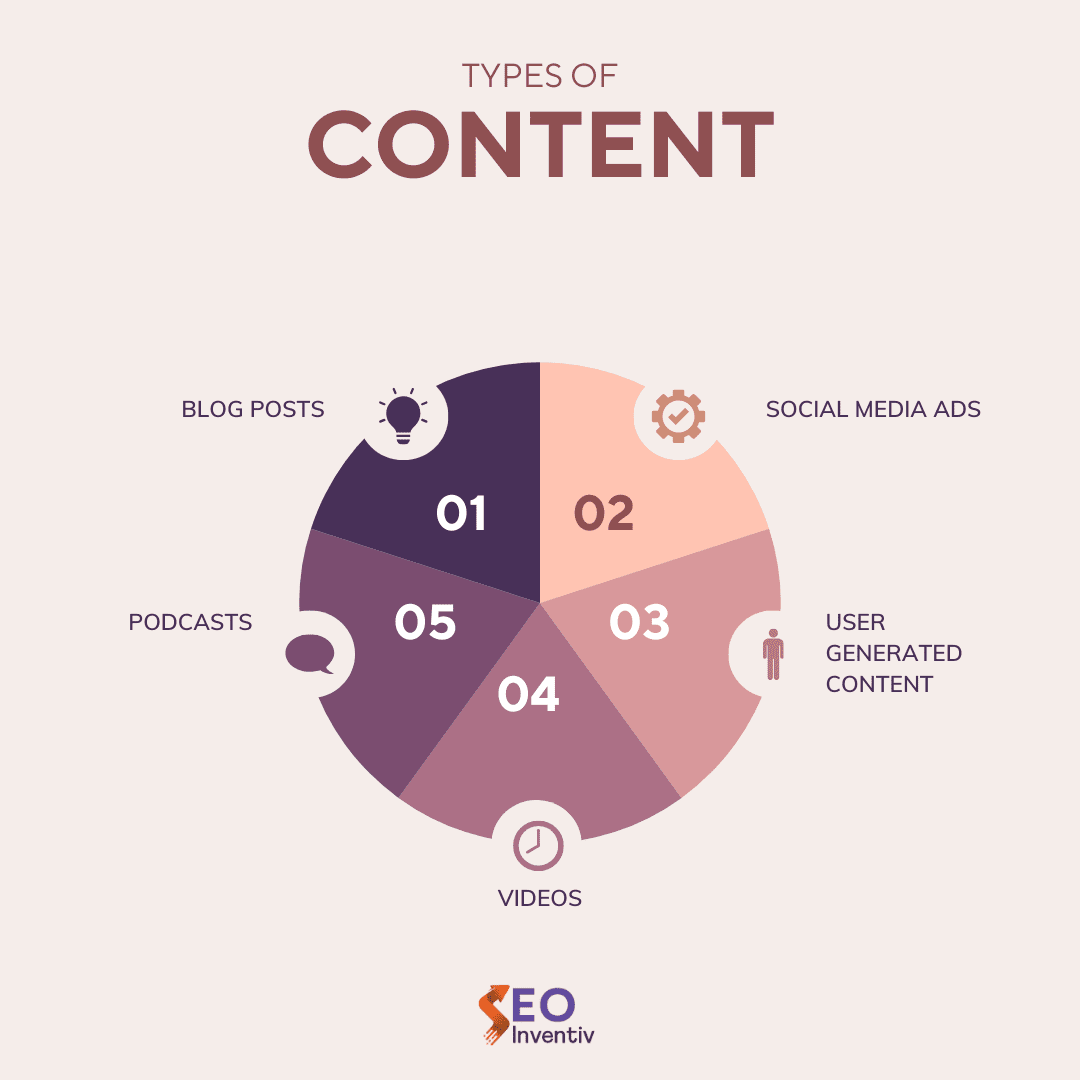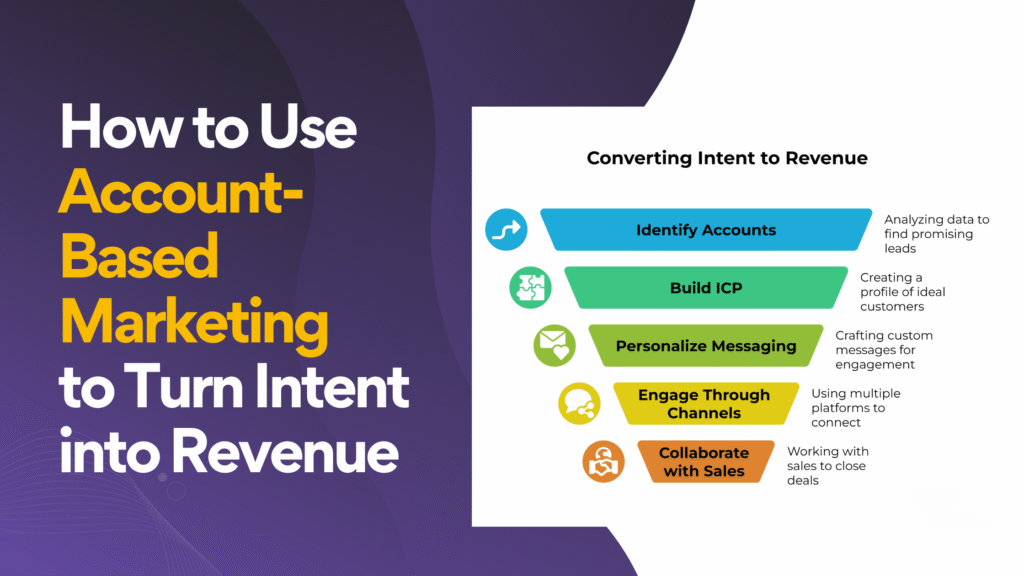
Have you ever thought of how entrepreneurs can survive without a map?
They need goals as their guiding star because they lead to success. In today’s digital era, content marketing is likened to the North Star, which directs one toward brand recognition and growth.
Let us create some SMART objectives aligning with your brand vision. The content marketing industry is projected to hit 600 billion dollars by 2024, with 90% of marketers incorporating it into their strategies.
Videos are more effective; they are used by 91% of companies, while organic social media works best for brand discovery, where 78% of users rely on it. Per performance statistics, 76% find leads generated through this helpful method, allocating more than 10% of budgets towards its creation.

Both B2B and B2C sectors appreciate content plans but B2B documentation is behind B2C as link building is common among those doing business with consumers (B2C).
This understanding opens up our minds about how vast content marketing goals can be.
Therefore, let us develop SMART goals that will help us sail smoothly through this vast ocean of digital content strategy and make our brands successful.
What is Content Marketing?
Content marketing is a way of delivering pertinent, reliable, and fascinating content to an audience.
This methodology is incorporated into businesses with broader goals and marketing objectives to create awareness among users or customers.
To streamline the process, companies often use a content strategy template and plan that indicates how they will develop, distribute, and optimize their content. There are no complex rules for digital content strategy; you can employ all sorts of methods to gain traffic to your website through an audience.

Blog posts and social media ads like Facebook ad examples, videos, or podcasts are common forms of creating content for marketing purposes. At the same time, technological advancement opens up more ways through which one can attract customers using this strategy.
How do you set Content Marketing Goals?
Setting goals can be challenging. Many businesses have trouble setting marketing or content strategy goals because they don’t know where to begin. Creating helpful content marketing goals is like charting a route on a digital map. It needs clarity, accuracy, and a good knowledge of where you are going.
Establish SMART goals to begin with: goals that are Specific, Measurable, Achievable, Relevant, and Time-bound. Following this system will turn your plan into something tangible that can be followed for success. You must recognize where you stand in digital content marketing before anything else.

Evaluate what you already do for content strategy, review how people engage with it, and measure conversion rates to determine which areas urgently need improvement. What should come next is gaining some perspective from these revelations by matching them against broader business aims. Whether one wants more traffic on their site or conversions from leads–setting measurable targets within an outlined timeframe is necessary.
Start with 5 Content Marketing Goals
Starting your brand’s digital journey with five content marketing goals is a good idea. Each of these goals acts as a stepping stone towards broader business objectives and improving your brand’s online presence.

Increase Awareness About the Brand
This is essential because if people don’t know about you, how will they buy from you? Content marketing can be used here to show what your company stands for, showcase its expertise, and let people see what it offers. Therefore, by creating valuable, engaging content, more individuals would learn about it, ultimately increasing brand visibility and recognition.
Drive Traffic To the Website
Did you know that content acts like a magnet attracting visitors to any site? Yes, it does! Blogs, social media ads, videos, or podcasts are examples of this compelling material that draws users into exploring different parts of their digital domain. Once this happens, they stay longer looking at other things within the same space, increasing engagement level even further.
Lead Generation
A lead generation content strategy involves capturing potential customers’ attention and persuading them to share their contact information. It will enable further communication regarding products or services a particular company/brand offers, etc. Resources such as e-books, whitepapers, or webinars can be used here because these act as baiting tools that attract fish (in this case, clients) closer into our nets, where we nurture those leads until they convert into loyal paying customers.
Customer Engagement
What makes people keep coming back again & again after having made an initial purchase already? The answer lies within a brand’s ability to create emotional connections with its consumers. Asking readers to comment on posts and share them with others helps build a sensible community around a given brand name because people now feel like a more prominent family sharing common interests.
Improve Conversion Rates
How can one ensure he gets better results from his sales efforts? By creating compelling content that guides users toward taking desired actions at different stages of the buying process. This means aligning various pieces created along the buyer’s journey to address concerns or questions of potential clients, entertaining enough to keep them reading until the very end, where the solid call-to-action statement is included, prompting a buy sign.
Case Study
Boosting Website Traffic and Leads for a US-based software company specializing in CRM
Company
US-based software company specializing in Customer Relationship Management (CRM)
Challenge
The company needed to attract visitors to its website and convert them into leads. Its online presence was limited, and the content on its site needed to be optimized for search engines.
Solution
With SEO Inventiv as a partner, this company developed a strategy for marketing through content. The agency carried out keyword research to identify terms customers were using when looking for businesses like theirs online. Then, top-quality informative pieces were produced that centered around such keywords; these included videos, articles, blog posts, and infographics, among others.
Results:
- Website traffic increased by 50%
- Leads generated went up by 20%
- Brand awareness improved
- The establishment of the company as an industry thought leader in CRM.
How SEO Inventive Helped
Keyword Research: SEO inventiv helped the enterprise find appropriate keywords to target their posts, ensuring relevance based on what people were searching for.
Content Creation: Engaging audiences with valuable information is what these creative experts did best!
Content Promotion: Using social media platforms like Facebook or Twitter and email marketing campaigns, among other tactics.
SEO Optimization: For search engine optimization purposes, optimize everything during the creation process so that it becomes easy to find you there.
Achieve higher rankings and greater success with our Fully Managed SEO Services, designed to suit your needs. Get started with a free SEO consultation to unlock your potential. Visit Fully Managed SEO Services and Free SEO Consultation to get the results your business deserves.
Conclusion
Content marketing is a giant fish; you need professionals to catch that fish. SEO Inventiv is an information-focused organization that offers multiple services for businesses seeking to enhance their online presence. Our services include content marketing planning, social media advertising, and link building. We follow current SEO trends while ensuring our clients have the best chances of success through data-driven decision-making.
Transform your online presence with SEO Inventiv’s expert content marketing planning and solutions. Drive traffic, get more leads, and establish a strong brand identity. Contact SEO Inventiv today for a free consultation.
 WhatsApp Now
WhatsApp Now
 +(91) 8700778618
+(91) 8700778618



